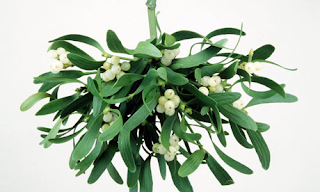 As
part of our 125th Anniversary celebration at Stein Your Florist Co.
we are sharing a year of floral education, November 1, 2012 thru October 31,
2013. Each day we will post something new on our Facebook page to
share our knowledge of our favorite things, flowers and plants and we'll be
updating our blog every 5 days or so. No need for pencils and notebooks, just
sharing some simple lessons in floristry.
As
part of our 125th Anniversary celebration at Stein Your Florist Co.
we are sharing a year of floral education, November 1, 2012 thru October 31,
2013. Each day we will post something new on our Facebook page to
share our knowledge of our favorite things, flowers and plants and we'll be
updating our blog every 5 days or so. No need for pencils and notebooks, just
sharing some simple lessons in floristry.Day 56 - Lilies can be used as food or for their medicinal qualities. The Chinese use lily buds in cookery to flavor stir fries. They also use it as a medicine for respiratory problems. Native Americans have used lily roots boiled as a tea for stomach problems and as a wash for bruises. They also used it to relieve the pain from insect bites.

Day 58 – Unlike pink, red and white roses that originate from Britian, yellow roses derive from the Middle East and were only first noted in the 1700’s. They have since been cross bred to create stunning hybrids, creating stronger and varied shades of yellow, as well as, the beautiful scent that yellow roses are now synonymous with. The variety pictured here is called Gold Strike.
Day 59 - From the Latin "delphis" meaning dolphin, from the shape of the buds, Delphiniums are a genus of around 300 species in the ranunculaceae family. These blossoms traditionally come in bright, creamy white, dainty pink, blue and a marvelous purple blue combination; however, some of the highbred flowers can be seen in shocking reds, oranges and yellows.
Day 60 - Anemone is a genus of approximately 120 species of flowering plants of the ranunculaceae family. The name anemone comes from the Greek word for "windflower." According to Greek mythology, the anemone sprang from Aphrodite's tears as she mourned the death of Adonis. Thought to bring luck and protect against evil, legend has it that when the anemone closes its petals, it's a signal that rain is approaching. Still other mythology connects the anemone to magical fairies, who were believed to sleep under the petals after they closed at sunset. Perhaps it's because of this magical and prophetic tales that today in the language of flowers, anemones represent anticipation.



































